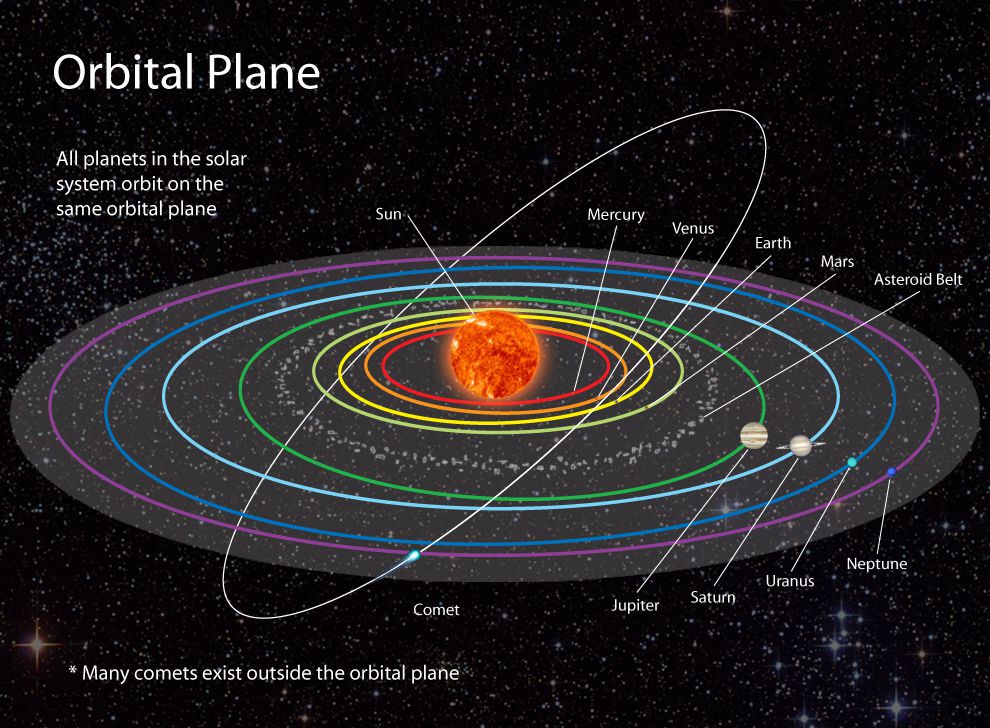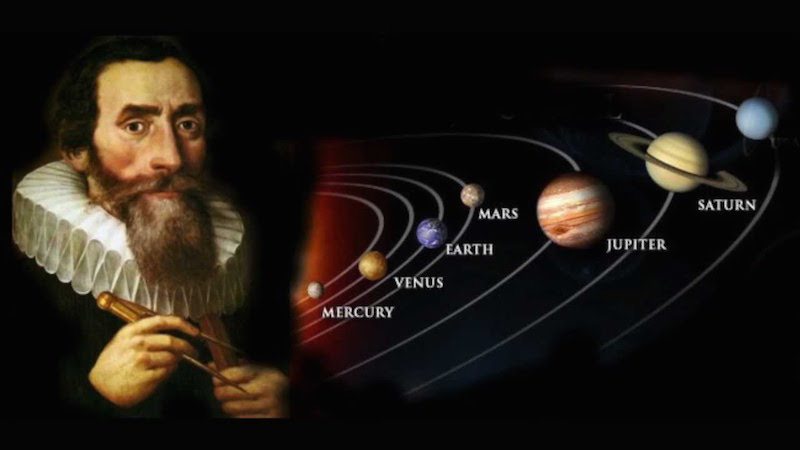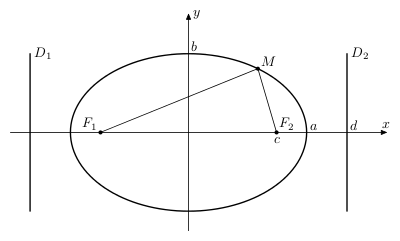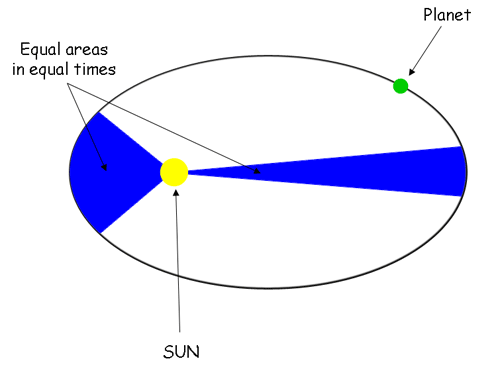70 Falmouth Street Portland, Maine 04103
43.6667° N 70.2667° W
Altitude: 10 feet below sea level
Founded January 1970
Julian Date: 245947.16
2019-2020: CXXI
THE DAILY ASTRONOMER
Tuesday, April 7, 2020
Remote Planetarium 7: Orbs and Orbits
___________________________________________________________
TODAY'S HELPFUL INFORMATION
The Planets (in order of increasing distance from the Sun)
MERCURY
VENUS
EARTH
MARS
JUPITER
SATURN
URANUS
NEPTUNE
PLUTO (Yes, we're including it. More on that matter on another day).
____________________________________________________________
Before we delve into astronomy, let's simply admire the artistry of planetary orbits. The image above depicts the orbits as they would appear were they actually visible and multi colored. We're seeing the closed curves along which the planets travel under the Sun's gravitational influence. Isn't it interesting that some of the solar system's most elegant constructs, the orbits, are actually invisible? Isn't it all the more remarkable that a few humans managed to determine the shapes and properties of these orbits?
Allow me to introduce one of these extraordinary humans:
Johannes Kepler (1571-1630)
Though celebrated as the grand patriarch of astronomy, the German astronomer Johannes Kepler was first and foremost a mathematician and mystic. He became one of astronomy's most important figures through his analysis of Tycho Brahe's extensive observational records of the planet Mars. Tycho Brahe was the bona fide astronomer who devoted twenty years of his career to observing Mars from various observatories, most notably Uraniborg on the island of Hven. However, when he went into exile following a dispute with new Danish king Christian IV, Brahe constructed an observatory at Benátky nad Jizerou in what is now the Czech Republic. At this time, Brahe hired Johannes Kepler to serve as his assistant and according to historians they both enjoyed eighteen months of a stormy professional relationship. Brahe was known to act imperiously toward those he regarded as inferiors. Yes, that's right, all of us. Conversely, if you met Kepler today, he'd likely buy you a drink and chat non stop for three hours. After a year and a half, Brahe died, which greatly improved relations between Kepler and himself. Kepler then inherited Tycho's treasure trove of Martian observations. His disagreeable personality notwithstanding, Brahe was a meticulous observer whose records were all the more impressive as his life predated the invention of the telescope.
Kepler devoted another twenty years to studying these records and in so doing developed his three planetary laws, our only subject today. We regard these laws in turn.
1. EVERY PLANETARY ORBIT IS AN ELLIPSE WITH THE SUN AT ONE FOCUS.
Don't panic at the graphic below. We'll work through it.
We're going to have a contest between you and your best friend. First, we're going to put each of you on a different stool and then will draw an ellipse around you. You will be on a stool at F1 and your friend will be at the stool F2 Now, you both have to walk in a straight line from your stool to a point on the ellipse and then back along a straight line to the other stool. Your aim is to figure out a way to walk a shorter distance than your friend walks. However, you needn't bother. The distances will always be the same. That is the property of the ellipse. You and your friend were each sitting at a focus of that ellipse. Each ellipse has two foci. Every planetary orbit is an ellipse and the Sun occupies one focus of that ellipse.
Kepler's revelation that planetary orbits were elliptical represented a profound departure from all previous models which depicted planetary orbits was circular.
WHAT DOES THIS MEAN?
-Planetary orbits are not circular, so a planet's distance from the Sun is always changing. The planet's closest point to the Sun is called "perihelion." The planet's farthest point from the Sun is called "aphelion."
2. THE RADIUS VECTOR CONNECTING THE SUN AND THE PLANETS SWEEP OUT EQUAL AREAS IN EQUAL TIMES.
Don't hang up! All this statement means is that the closer a planet is to the Sun the faster it moves.
Imagine that a paint-coated string connects the Sun to each planet. As the planet revolves, it leaves a large painted area in its wake as seen in the above image. Let's imagine that we allow each planet to move for an hour and then measure the regions each of them painted. We would find that these areas would all be equal. From this observation we determine that the closer planets have to be moving more quickly than the more distant planets.
If we study this list of a few of the planet's average orbital velocities we can recognize the inverse relationship between distance and orbital speeds.
MERCURY 107,082 miles per hour
EARTH 66,615 miles per hour
JUPITER 29,236 miles per hour
SATURN 21,765 miles per hour
3. THE HARMONIC LAW: THE SQUARE OF A PLANET'S PERIOD IS PROPORTIONAL TO THE CUBE OF ITS SEMI MAJOR AXIS!
WAIT! DON'T HANG UP!
The planet's period is just the amount of time a planet requires to complete one orbit.
The semi-major axis is just the planet's average distance from the Sun.
WHAT DOES THIS MEAN?
If we can know how much time a planet requires to complete one orbit, we can know the planet's average distance from the Sun. The proportionality means that when one value increases, the other value increases, as well. Now, we can turn the proportionality into an equality by measuring the period in Earth years and the semi-major axis (average distance) in astronomical units. An astronomical unit equals Earth's average distance from the Sun which is approximately 93 million miles.
[Side note: What is the difference between a proportionality and an equality?
Let's happily pretend that I am going to give you a bag of coins, all of which are of the same value. We know that the amount of money I give you is proportional to the number of coins you receive. You'll have more money if I give you 30 coins than if I give you 10. Yet, you don't know how much money you'll actually receive. In order to know how much I'm giving you, you must know the coins' value. You'll have more money if I give you dimes than if I give you pennies. In this example, the coin value is the "constant of proportionality." Without this constant, we only have a proportionality: your income increases with an increasing number of coins. If this constant is known, we have an equality. Your income increases by ten cents for every dime you receive.]
The Harmonic Law was immensely powerful for it provided astronomers with a means to determine planetary distances as a ratio of Earth's distance.
Let's look at the approximate periods and distances of the four inner planets
MERCURY Distance = 0.4 AU Period = 0.24 years
VENUS Distance = 0.7 AU Period = 0.61 years
EARTH Distance = 1.0 AU Period = 1.0 years
MARS Distance = 1.5 AU Period 1.88 years
While Kepler's Third law enabled us to know the planetary distances as ratios to Earth's, it didn't reveal the absolute distances, a topic we'll discuss next week.
Tomorrow, we'll take what we've learned about orbits and apply them to Earth's tides. We'll also use what we've learned about Earth's orbit and tilt to understand the placement of various geographical markers.
To subscribe or unsubscribe from the Daily Astronomer:




